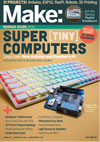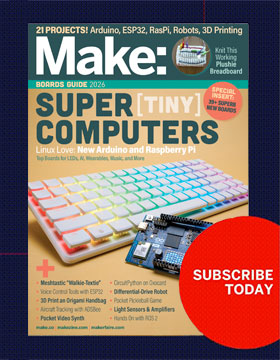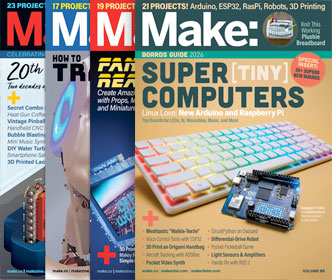

As my residency at the Maker Media Lab started to wind down, I hopped on a plane and flew out to Boston for thirty-six hours to attend Knotty Objects, the inaugural MIT Media Lab Design Summit.
Conceived by Joi Ito, Director of the Media Lab; Paola Antonelli, Senior Curator of Architecture & Design at MoMA and Media Lab faculty Neri Oxman and Kevin Slavin, Knotty Objects was developed in order to explore intersections and collisions between technology and design.
Knotty Objects opened at The Institute for Contemporary Art in Boston with a presentation and award ceremony honoring designers Anthony Dunne and Fiona Raby. Dunne and Raby coined the term “Critical Design” as a way to challenge people to rethink how current and emerging technologies impact social, political and environmental sectors. Their presentation was thought provoking and engaging, detailing some of their early work before moving to a more detailed overview of recent projects such as “United Micro Kingdoms” and “Not Here, Not Now.”

The following day we reconvened at the MIT Media Lab. During the opening presentation the Knotty Objects (brick, steak, phone, Bitcoin) were introduced as lenses through which to examine and discuss current trajectories in contemporary design. The Media Lab curatorial team kicked off the proceedings, each laying out a set of ideas about the summit as a whole and their focus within it. Joi Ito began the day by talking about how the Media Lab needs inputs from outside to function successfully and help designers to shift perception and change the status quo.

Neri Oxman continued by asking the audience to consider the difference between units of work and units of perception, the brick for example being both a unit of thought and a unit of construction. Paola Antonelli started by asking whether or not it was moral to eat meat and introduced the debate around the ethics of synthetic biology both in terms of medicine and agriculture. Kevin Slavin talked about the phone and its total ubiquity worldwide as a method of communication, commerce, and navigation. He noted that despite the freedom provided by these devices, the ecosystem surrounding them is very tightly controlled and surveilled. Finally Joi Ito returned to wrap up the introduction by comparing the current state of Bitcoin to the early internet and the killer apps it later spawned such as email. He wondered what artist, designers, and entrepreneurs would do with Bitcoin and what as yet unknown applications would come out of these explorations.

Each session was initiated with a “shortie” video presentation produced by the Media Lab, “m ss ng p eces,” and a number of the participants including Ayah Bdeir (Founder and CEO of littleBits), writer and designer Daisy Ginsburg, and hardware hacker Bunnie Huang. These short films provided both a context and a point of departure for the conversations around each of the Knotty Objects. After the “shortie” pieces each panel convened and the participants gave short presentations about their work before the moderator opened it up to conversation and later questions from the audience.

The sessions that followed were organized around the following topics: The New Metabolism, New Dimensions in Organic Design, Manufactured Objects, and wrapping up with Design and Complexity. While it was fascinating to listen to the panelists talk about their fields of interest, research, and projects, the lack of discussion about the political and social implications of design and the built environment was a little hard to digest. When questions relating to labor, gender, and sustainability were raised by the audience for the Manufactured Objects session, these queries largely went unanswered by panelists – an absence that I think set the tone for the polarized atmosphere later on in the debate. I was disappointed that the sessions did not engage more with the objects, I really wanted to hear more about Bitcoin from experts in that area, or from Bunnie Huang and learn more about his experiences in Shenzhen. I felt that the “shorties” were useful provocations but could have been better integrated into some of the sessions, in particular the Manufactured Objects panel.

A lively debate between Ahmed Ansari and Jamer Hunt drew the summit to a close with a polarizing motion that asked whether “Design must fill current human needs before imagining new futures.” Ahmed Ansari argued that Critical Design was problematic because it is driven by aesthetic and intellectual rather than political considerations and that it is problematic because it ignores the real world needs of the people on whose behalf things are designed. Jamer Hunt argued instead for an audacious re-imagining of Critical Design, arguing that problem solving = problem creating and that we must not do “a little better” or “a little less worse” but rather commit ourselves to a radical shift if we are to avoid the impending cataclysm.

I think the big takeaway for me, to paraphrase George Church, is that as a species humanity needs to figure out a way to survive long enough to figure out how to get off the planet before the big asteroid arrives. The summit was overall a wonderful and enriching experience — meeting fellow designers, artists, creatives, and curators from all over the country and engaging albeit briefly in a heady mix of critique and discussion. I look forward to participating again in the future.
ADVERTISEMENT
Join Make: Community Today








